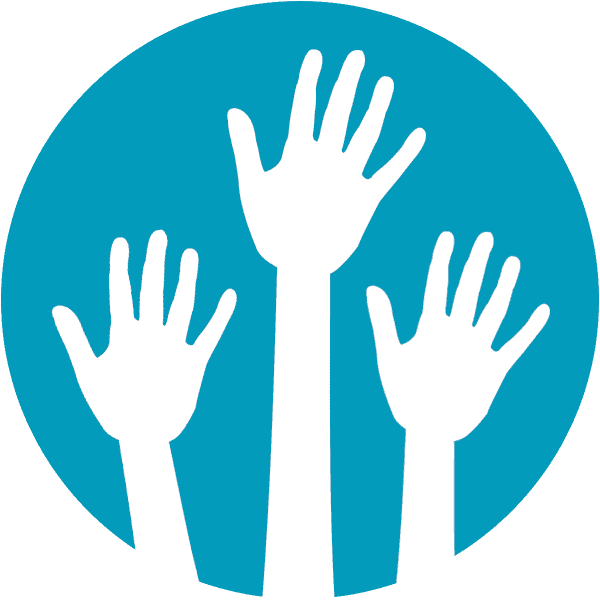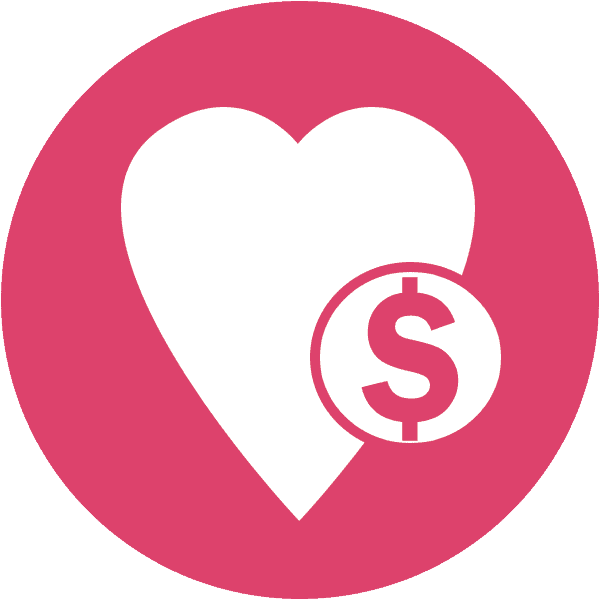Types of Dystonia
Dystonia is a Movement Disorder
There are many types of dystonia.
Some types of dystonia can be referred to in more than one way.
And, many diseases and conditions can include dystonia as a symptom.
The list below is in alphabetical order.
Click on the button to learn more about each type of Dystonia.
A group of movement disorders that respond to a medication called levodopa.
Dystonia that is secondary to a combination of neurological and psychiatric/psychological causes.

Episodic movement disorders in which abnormal movements occur only during attacks.

Dystonia symptoms may follow trauma to the head, and/or trauma to a specific body area.

An inherited dystonia disorder that includes symptoms of parkinsonism.






